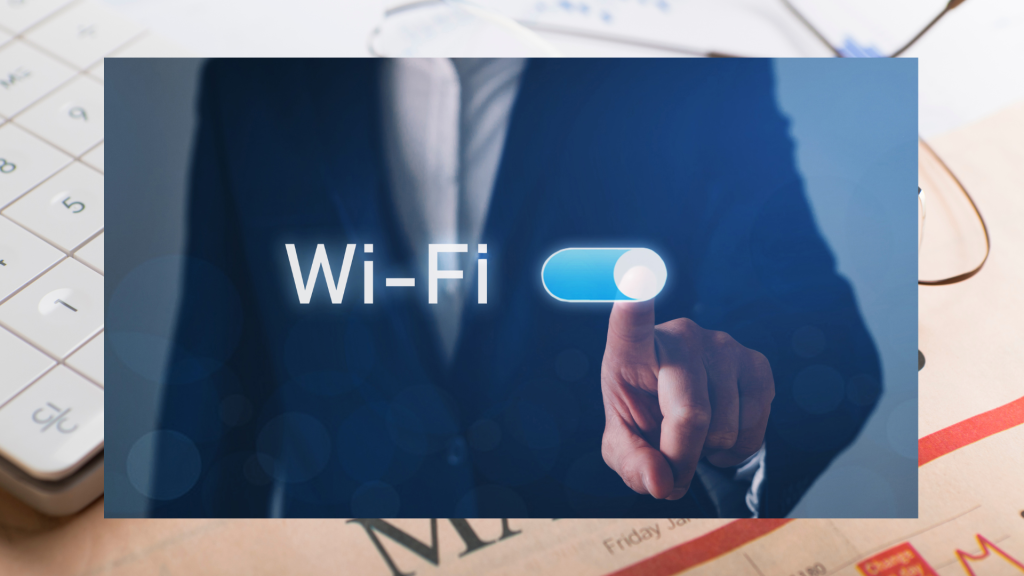Tips to Secure Your WiFi Network from Password Thieves
Introduction
In today’s digital era, WiFi is no longer a luxury—it’s a necessity. From working at home and streaming videos to online shopping and banking, almost everything depends on a stable and secure internet connection. However, many people overlook one crucial factor: WiFi security. Leaving your network unprotected can make it easy for password thieves, hackers, or even curious neighbors to steal your internet access. Worse, they might exploit your connection for illegal activities.
In this article, we’ll explore the dangers of unsecured WiFi, how hackers steal passwords, and most importantly, practical tips to secure your WiFi network and keep it safe from unwanted users.

Why Securing Your WiFi Matters
When someone gains access to your WiFi without permission, it’s not just about slower internet speeds. There are bigger risks involved:
Bandwidth Theft – Unauthorized users consume your data, making your internet slow and unstable.
Privacy Risks – Hackers can spy on your online activity, including emails, chats, and browsing history.
Data Theft – Sensitive information such as banking credentials or personal documents can be intercepted.
Illegal Activities – Strangers could use your WiFi for crimes (cyber fraud, piracy, etc.), and you may be held responsible.
Device Vulnerabilities – Once connected, attackers might try to hack your devices on the same network.
Common Ways Hackers Steal WiFi Passwords
To protect yourself, it’s important to understand how attackers operate. Here are some common methods:
Default Password Exploitation: Many routers still use factory-set passwords that are easy to guess.
Brute Force Attacks: Hackers use software to guess millions of password combinations until one works.
Phishing: Fake login pages trick users into revealing their WiFi credentials.
Packet Sniffing: Attackers capture unencrypted WiFi traffic to analyze and find login details.
Social Engineering: Simply tricking or manipulating someone into revealing their password.
Practical Tips to Secure Your WiFi Network
1. Use a Strong and Unique Password
Your WiFi password should not be “12345678” or “password123.” Instead, create a long password (at least 12–16 characters) using a mix of uppercase letters, lowercase letters, numbers, and special symbols. Example: M!kr0Tik@2025#Safe.
2. Enable WPA3 Encryption
Always use the latest encryption standard. If your router supports WPA3, enable it. If not, use WPA2—but avoid outdated WEP security at all costs, as it’s very easy to crack.
3. Change Your Router’s Default Username and Password
Never leave your router’s admin panel with default credentials like admin/admin. Attackers often scan for routers with unchanged login details.
4. Hide Your SSID (Network Name)
By disabling SSID broadcasting, your WiFi name won’t appear in the list of available networks. Only those who know it can manually connect. While not bulletproof, it adds another layer of protection.
5. Enable MAC Address Filtering
Every device has a unique MAC address. By enabling MAC filtering on your router, you can restrict access to only known devices. This helps block strangers even if they guess your password.
6. Keep Your Router Firmware Updated
Manufacturers regularly release updates to patch security vulnerabilities. Make sure you check your router settings and update its firmware.
7. Limit Guest Access
If visitors often ask for your WiFi, create a guest network instead of sharing your main password. This keeps your personal devices safe from potential intrusions.
8. Use a Firewall
Most modern routers come with built-in firewalls. Activate it to block suspicious traffic and reduce the risk of hacking attempts.
9. Monitor Connected Devices
Regularly check your router dashboard to see which devices are connected. If you spot an unknown device, change your WiFi password immediately.
10. Turn Off WiFi When Not in Use
If you’re traveling or not using WiFi for an extended period, simply turn it off. This eliminates the risk of attacks during your absence.
Conclusion
Your WiFi is more than just a gateway to the internet—it’s the backbone of your digital life. Leaving it unprotected could expose you to privacy risks, financial losses, or even legal problems. By following the simple yet effective tips in this article, you can keep your WiFi network secure from password thieves and enjoy a safer online experience.
Remember, security is not a one-time setup but an ongoing practice. Stay alert, update your devices, and never underestimate the importance of WiFi safety.
🌐 External Link (sumber resmi)
📝 Final Version: Tips to Secure Your WiFi Network from Password Thieves
🔒 Quick WiFi Security Checklist
✅ Use a strong, unique WiFi password (12–16 characters).
✅ Enable WPA3 (or WPA2 if not available).
✅ Change your router’s default login.
✅ Hide SSID broadcasting.
✅ Enable MAC address filtering.
✅ Update router firmware regularly.
✅ Use a guest network for visitors.
✅ Turn on the router firewall.
✅ Monitor connected devices frequently.
✅ Turn off WiFi when not in use.
❓ FAQ: WiFi Security
1. How do I know if someone is stealing my WiFi?
Check your router dashboard for unknown connected devices. If you see devices you don’t recognize, change your WiFi password immediately.
2. What is the best WiFi encryption method?
The most secure encryption is WPA3. If your router doesn’t support it, use WPA2. Avoid WEP, as it is outdated and vulnerable.
3. Does hiding SSID make WiFi safer?
Hiding SSID adds a layer of security, but it’s not foolproof. Combine it with strong passwords and encryption for maximum protection.
4. Can someone hack my WiFi if they are not near my house?
Usually, WiFi hacking requires physical proximity. However, weak passwords or misconfigured routers can sometimes be exploited remotely.
5. Should I share my WiFi password with guests?
It’s better to set up a guest network. This keeps your main network safe while still allowing visitors to connect.